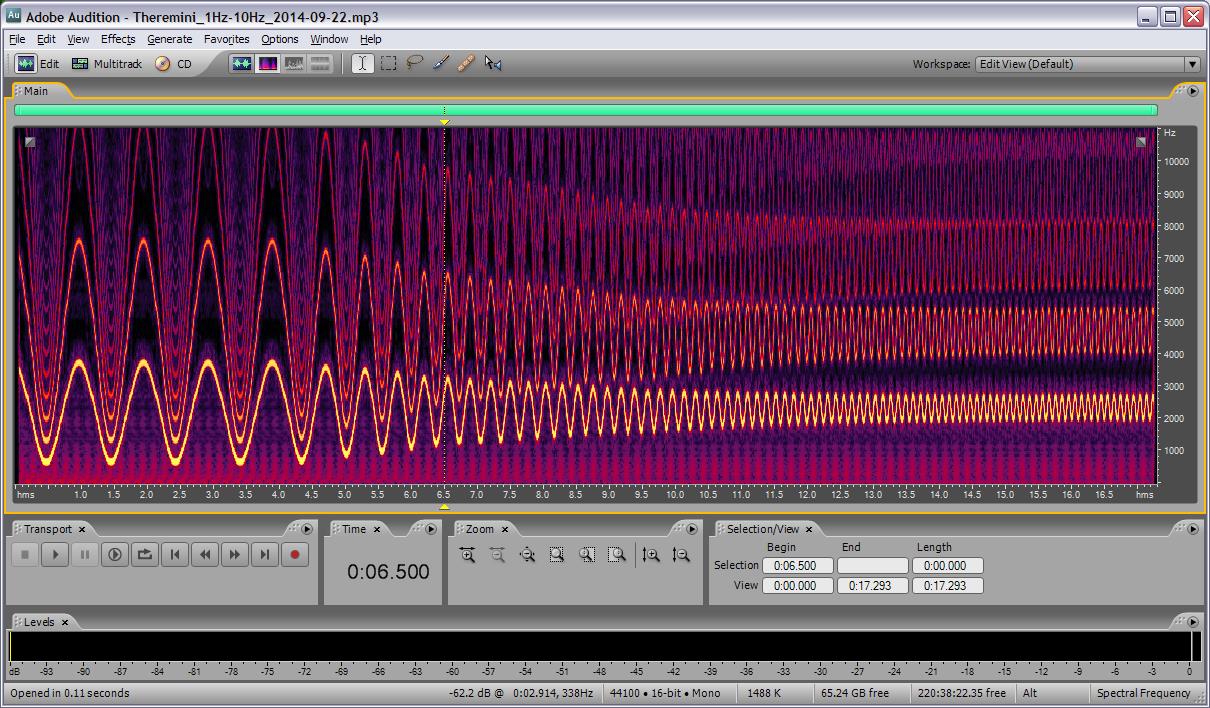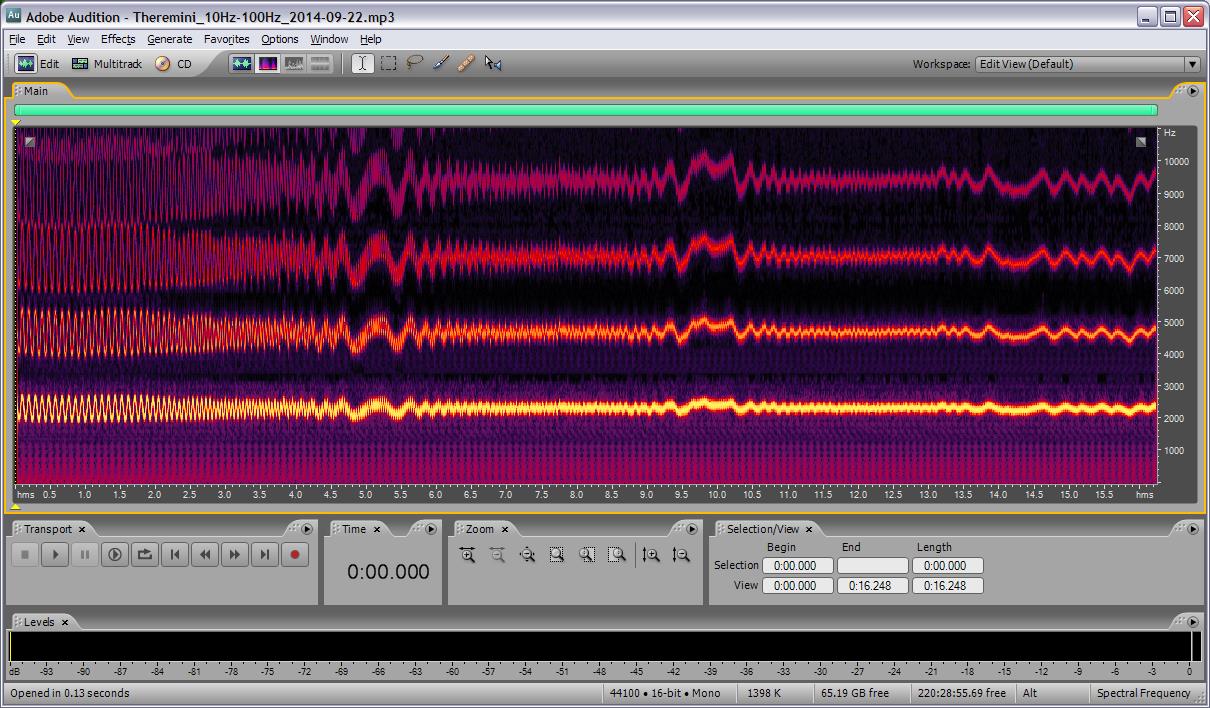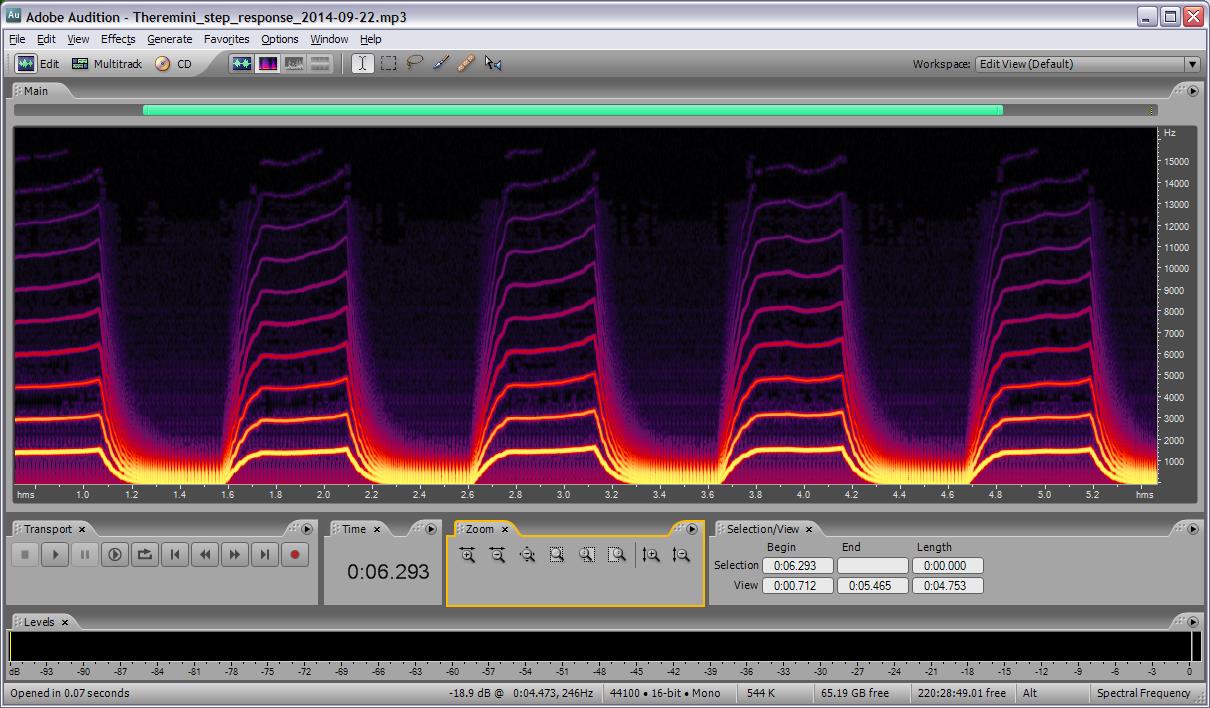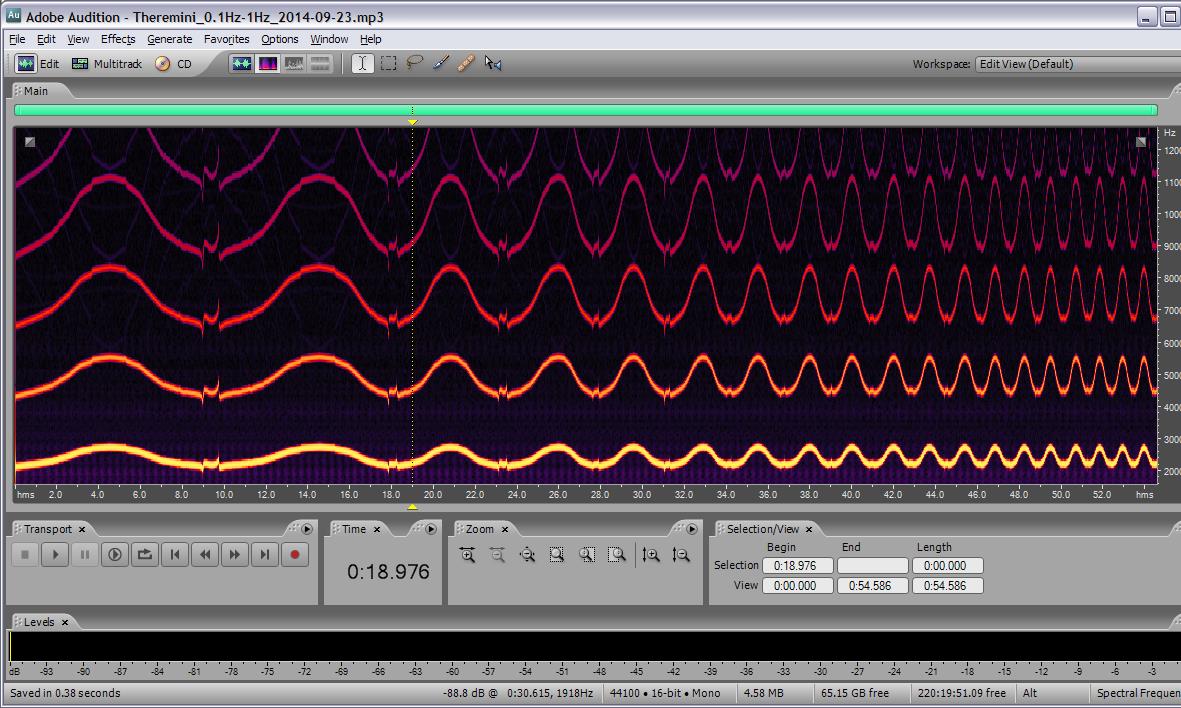DISPLAYS
I'm at the point where I need I/O (display, knobs, buttons, LEDs, etc.) and am back up against the dearth of display offerings out there. I ordered a 20x2 line LCD from Adafruit but, having played with one of these in the past, I feel kind of nauseous at the thought of using it. The on-board controller interface is 4 or 8 bit (no SPI option), there is no internal register you can access to adjust LCD contrast, it's 5V, etc. The controller is also rather slow, has variable command timing, and requires initialization. You see people all over the web adding a SPI / parallel processor onto these in an attempt to update them a bit but that strikes me as a stopgap / band-aid on a badly aging product.
Ran across this site yesterday on eBay: http://www.buydisplay.com. Prices including postage are quite reasonable and their black on white displays look very high contrast and readable:

The control chip is what to look out for, at least one of the newer graphics ones supports SPI directly and has a contrast adjustment register (UC1701).
Not sure where this is going. I'd like to avoid graphics as this usually means one must generate characters in SW, which would eat into the rather tiny Hive memory space (I'd rather use the space for wave tables). One could I suppose take a hybrid approach, where graphic characters are built up of "strokes" much like a 14 or 16 segment LED display - this would compress the storage requirements but would also make for a less readable "font".
Other issues are mechanical: the newest displays tend to use flexible conductive ribbon cabling with SM connectors. The display pictured above has thru-hole pins mounted on the glass, but they are on 0.05" centers rather than 0.1" (one could manufacture a break-out / mounting PWB, but who knows when this specialized product will be retired?). And everything needs a bezel of some sort, I've given up on the idea of sticking the data display behind the same plexiglas as the LED tuner.
Multi-line character-only LCD (non-graphic) displays could really use a updating.
The same company above also has graphic & character based OLED offerings, and these have more modern controllers. OLED has 16 grayscales too. Not sure how they are generating the higher voltages OLEDs require.






